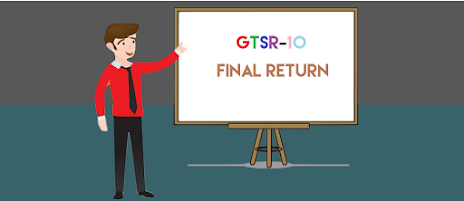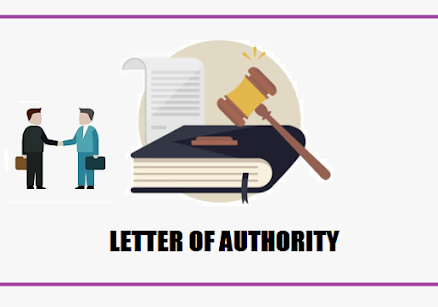Format of the minutes of the board meeting
Minutes of Board Meetings serve as a vital record of the discussions, decisions, and actions taken by a company’s board of directors. These documents provide essential evidence of the proceedings and help ensure transparency, accountability, and compliance with corporate governance regulations. Here is the summary of provisions related to minutes of the board meeting and summary of the Secretarial Standard-1 (SS-1) on “Meetings of the Board of Directors
Maintenance of Minutes:
- Maintain Separate Minutes Books: Keep a dedicated Minutes Book for Board Meetings and each Committee.
- Choose Physical or Electronic Format: Store minutes in either physical or electronic form, following prescribed guidelines and Board decisions.
- Use Consecutive Numbering: Number the pages of Minutes Books consecutively, regardless of format or binding.
- Bind Loose-leaf Minutes Books: If using loose-leaf format, bind them periodically.
- Ensure Security Measures: Score out and initial blank pages, and secure the Minutes Books with proper locking devices.
- Store at Approved Locations: Keep the Minutes Books at the Registered Office or another authorized location.
Contents of Minutes of the Board Meeting:
- General Information: Meeting type, company name, date, venue, time, and quorum status.
- Attendance: Names of Directors, Company Secretary, and Invitees, including their mode of attendance (physical or electronic).
- Appointments: Record of all appointments made during the Meeting.
- Specific Details:
- Director attendance and participation.
- Election of Chairman.
- Leaves of absence.
- Previous Meeting Minutes.
- Committee Meeting Minutes.
- Resolutions passed by circulation.
- Interested Director participation and voting.
- Director views and dissent.
- Agenda items and decisions.
- Meeting duration.
- Proposals and Deliberations: Brief background and rationale for major decisions.
- Resolutions: Formal recording of decisions in the form of Resolutions.
Recording of Minutes:
- Company Secretary or Authorized Person: The Company Secretary if appointed or a designated person records the proceedings.
- Accuracy and Clarity: Minutes should be a fair, correct, and concise summary, written in clear language.
- Chairman’s Discretion: The Chairman has the authority to exclude certain matters from the Minutes.
- Matters cab be excluded: If it is defamatory to any person, detrimental to company, irrelevant or immaterial.
- Supporting Documents: Unsigned documents referred to in the Minutes should be identified.
- Superseded Resolutions: Reference to earlier superseded or modified Resolutions.
- Previous Meeting Minutes: Noting of the previous Meeting’s Minutes.
Finalization of Minutes:
- Circulation: Draft Minutes should be circulated to all Directors for comments within fifteen days of the Meeting’s conclusion.
- Proof of sending draft Minutes and its delivery shall be maintained by the company.
- Director Comments: Directors have seven days to provide written comments.
- Entry into Minutes Book: Finalized Minutes must be entered within thirty days of the Meeting’s conclusion.
- Alterations: Once signed by the Chairman, Minutes should not be altered except with express Board approval at a subsequent Meeting.
Signing and Dating of Minutes:
- Chairman’s Signature: The Minutes should be signed and dated by chairman of that meeting or chairman of the next meeting
- Page Initialing: Each page should be initialed by the Chairman.
- Electronic Signatures: If the Minutes are maintained in electronic form, the Chairman shall sign the Minutes digitally.
- Circulation of Signed Minutes: Copies of signed Minutes are circulated to all Directors within fifteen days of signing.
Inspection and Extracts of Minutes:
- Inspection Rights: Directors, Company Secretary, Secretarial Auditor, Statutory Auditor, Cost Auditor, and Internal Auditor can inspect Minutes.
- Extracts: Extracts or certified copies of Resolutions can be provided.
Preservation of Minutes and Records:
- Permanent Preservation: Minutes of all Meetings must be preserved permanently.
- Office Copies: Office copies of Notices, Agenda, Notes on Agenda, and related papers should be preserved for eight financial years or longer.
- Custody of Minutes: Minutes Books are kept in the custody of the Company Secretary or an authorized Director.


